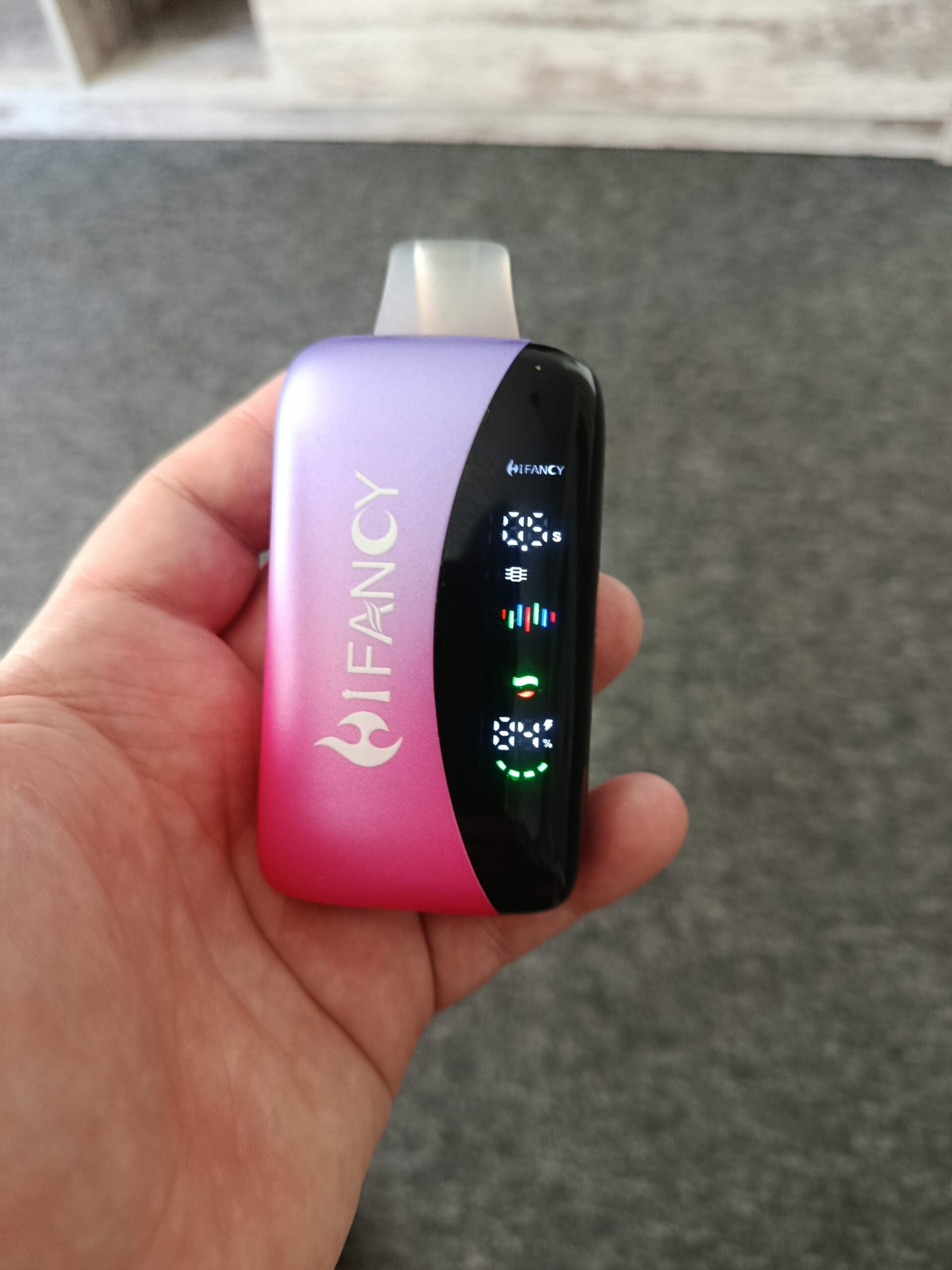E-cigarešu politikas un tradicionālās tabakas politikas salīdzinājums

Electronic Cigarette Policies vs. Traditional Tobacco Regulations: A Comparative Analysis
The regulatory landscape for electronic cigarettes (e-cigarettes) and traditional tobacco products has evolved differently across jurisdictions, reflecting divergent public health priorities, technological advancements, and societal attitudes. This analysis explores key differences in policy approaches, focusing on taxation, marketing restrictions, and public health considerations.
Taxation and Economic Measures
Traditional tobacco products are subject to high excise taxes globally, often justified by their well-documented health risks and the burden they place on healthcare systems. Governments use these taxes as a dual tool: discouraging consumption and generating revenue. For instance, many countries impose tiered tax rates based on cigarette length or nicotine content, creating a structured fiscal framework.
E-cigarettes, however, face inconsistent taxation. Some nations classify them as tobacco substitutes, applying similar excise rates, while others treat them as consumer electronics or nicotine delivery systems, resulting in lower or no taxes. This disparity arises from debates over their relative harm compared to traditional smoking and their potential role in smoking cessation. The lack of standardized taxation models has led to uneven market dynamics, with some regions experiencing rapid growth due to affordability.
Mārketinga un reklāmas ierobežojumi
Traditional tobacco marketing is heavily regulated worldwide, with bans on television ads, sponsorships, and promotional displays in retail settings. Many countries also require plain packaging with graphic health warnings to reduce appeal, particularly among youth. These measures aim to counteract decades of aggressive marketing that linked smoking to glamour and social success.
E-cigarette marketing, by contrast, occupies a gray area. While some jurisdictions extend tobacco-style restrictions to vaping products, others permit digital campaigns, social media influencers, and flavor-focused promotions. Critics argue this enables companies to target younger audiences, potentially renormalizing nicotine use. For example, fruity or candy-like flavors, which are banned in traditional cigarettes in many places, remain widely available for e-liquids, raising concerns about youth initiation.
Public Health Frameworks and Risk Perception
Public health policies for traditional tobacco prioritize harm reduction through cessation programs, smoke-free laws, and public awareness campaigns. These efforts are grounded in decades of research linking smoking to diseases like cancer and heart disease, creating a consensus around the need for strict regulation.
E-cigarette policies, however, are shaped by ongoing debates about their safety and efficacy. Proponents argue they offer a less harmful alternative for smokers unable to quit, while opponents highlight unknown long-term health effects and the risk of dual use (continuing to smoke while vaping). This uncertainty has led to fragmented approaches: some countries endorse vaping as a cessation aid, while others impose bans in public spaces or restrict access to high-nicotine products. The lack of long-term data complicates the development of evidence-based policies, leaving regulators to balance innovation with precaution.
Age Restrictions and Access Control
Both traditional tobacco and e-cigarettes face age-related regulations, but enforcement varies. Traditional cigarettes are typically restricted to adults aged 18 or 21, with penalties for retailers selling to minors. Online sales are often prohibited to prevent underage access.
E-cigarette age limits mirror those of tobacco in many regions, but enforcement challenges persist. The rise of online vape shops and third-party delivery services has made it easier for minors to bypass age verification systems. Additionally, disposable e-cigarettes, which are compact and easy to conceal, have become popular among youth, prompting calls for stricter retail controls and flavor bans to reduce appeal.
Secinājums
The divergence in policies for e-cigarettes and traditional tobacco reflects broader tensions between innovation, public health, and economic interests. While traditional tobacco regulation is built on decades of research and global consensus, e-cigarette policies are still evolving as scientists and policymakers grapple with emerging data and shifting consumer behaviors. As the market for alternative nicotine products grows, finding a balanced regulatory approach will remain critical to addressing both individual and population-level health outcomes.











